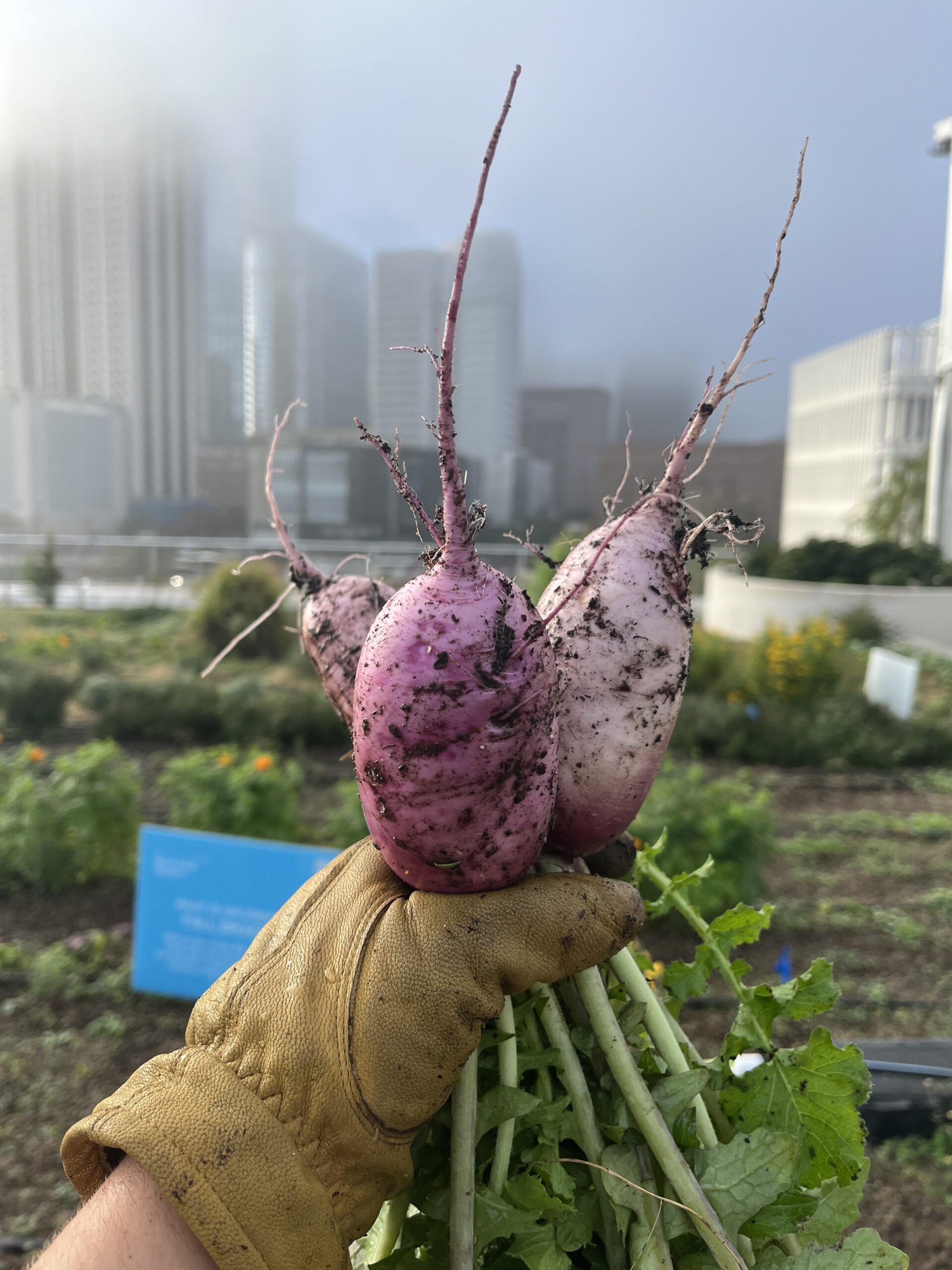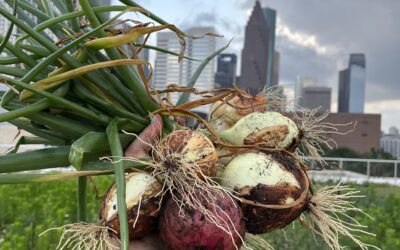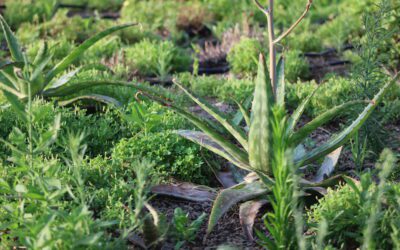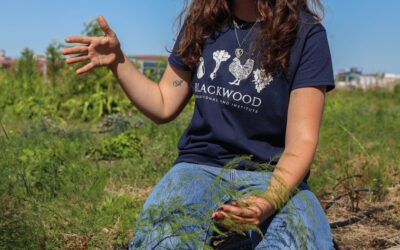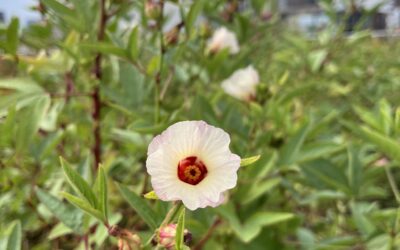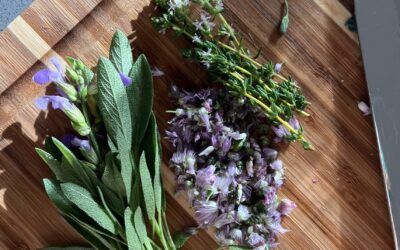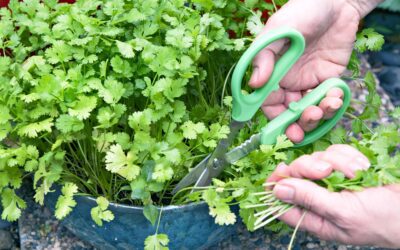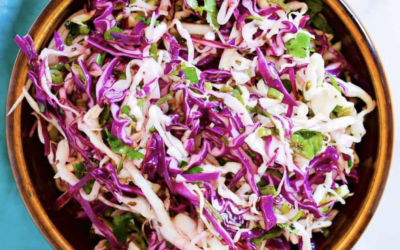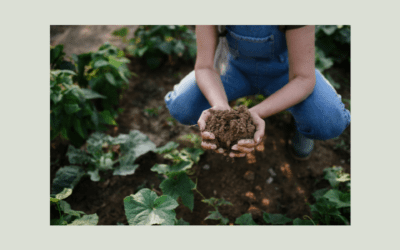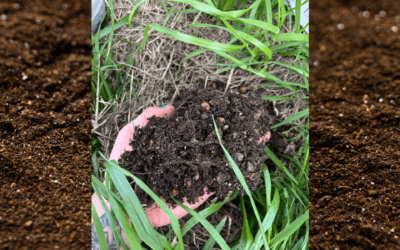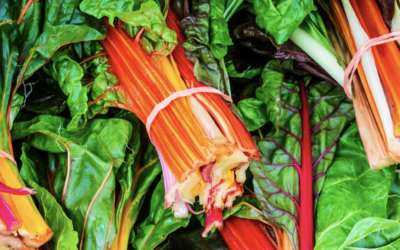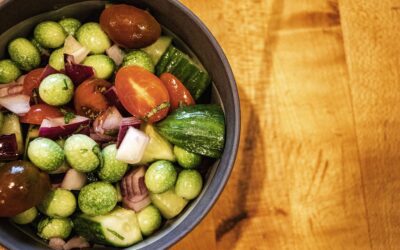Seasonal Plant Lesson: Radishes
Created for 1/22/25 Open Farm Day, led by August.
Rescheduled for winter weather to 1/29/25
Lesson Plan
Objective: Discuss the benefits of radishes in a garden and the different ways in which the plant can be utilized. Highlight the various plant partnerships to optimize benefits and how to grow and save seed.
Duration: 1 hour
Introduction (15 minutes)
● Benefits of radishes: Radishes are a wonderful source of fiber and antioxidants and vitamins. These chemical processes in our bodies can help us regenerate cells especially as we undergo things such as chemo therapy or as we heal from illness.
● How can I grow radishes?: Radishes are one of the easiest crops to grow from seed.
There are many varieties of radishes so you should research and choose the one that fits your needs best. Can you grow something with a deep root or do you need something shallower? Most radishes take about a month to a month and half from seed to harvest so they can be planted during or between most seasons. You can plant them in all of autumn, early winter, late winter, all of spring, and early summer in Texas and their green tops are also edible. Any place that receives full sun and has open soil can be directly sowed with radish seed. You can plant them in your garden, pots, or window boxes.
Radishes in the Garden (20 minutes)
● Companion plants for radishes: Radishes can be companion planted with lots of winter time vegetables such as the brassicas (broccoli, cauliflower, kale) and herbs like dill and parsley. Companion planting is a strategy for optimizing the relationships between plants. Dill and parsley, for instance, will bloom and bring around beneficial predators (usually wasps and ladybugs) who will eat aphids that would prey on radish greens.
● Radishes in the garden: Radishes are sometimes grown as a cover crop in a farm setting, meaning they are employed not just for their final form as a vegetable but as a helpful tool in enriching the soil with nutrients and breaking up compaction. Compaction refers to when soil is packed too densely over time and lacks the air necessary to maintain healthy root systems. If you are preparing your soil for something that requires lots of root room, radishes can be a great precursor.
● Radishes on the Skyfarm: Our soil at the Skyfarm is very rocky and does not struggle with compaction. We grow our radishes as a primary crop.
Seasonal Plant Lesson: Radishes
Plant radish seeds together!
Utilizing Radishes (20 minutes)
● How to prepare radishes: Radishes are root vegetables
Q&A and Interactive Discussion (10 minutes)
Encourage participants to share their experiences with radishes in their gardens or cuisines, discuss how to incorporate radishes into their growing spaces and practice responsible seed
saving practices.
Materials Needed: radish seed, field hoe
Outcome: Participants will leave with an in-depth understanding of symbiotic plant relationships and how to identify the needs of each plant partnership as it relates to radishes. Furthermore, participants will be able to identify sustainable gardening practices and how to adapt them to their spaces (in regards to plant selection).
